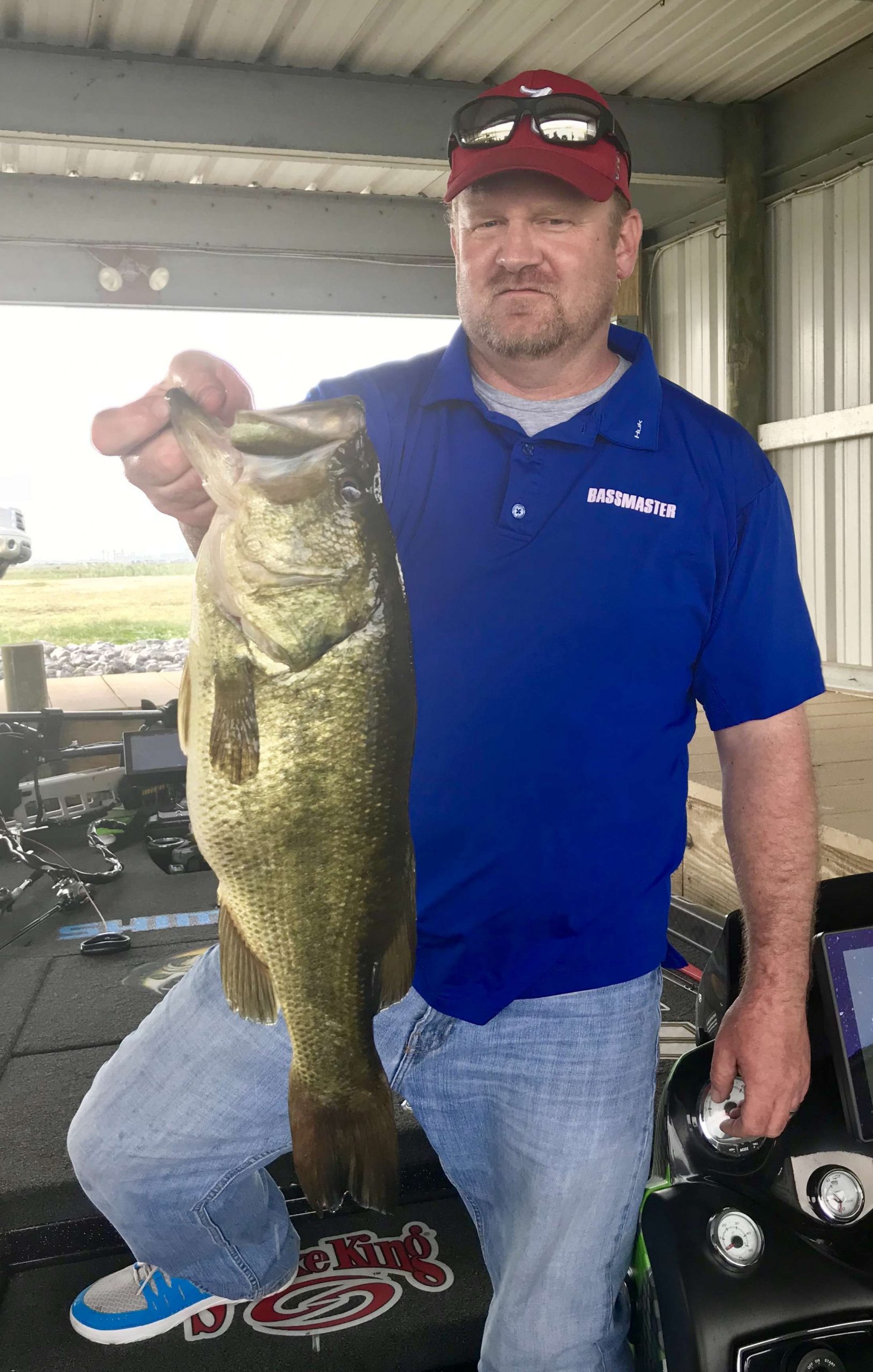
Now that Zippo BASSfest at Kentucky Lake presented by A.R.E. Truck Caps is in the history books, it seems only appropriate to hold a moment of silence for the whitetail deer that gave their lives to help make the event such a smashing success.
Apparently, there were quite a few of them.
Most anglers attacked Kentucky Lake’s ledges with at least four or five baits, and many used some form of bucktail jig in their daily rotation.
Among the bucktail crowd was winner Edwin Evers, who caught two of his biggest fish on a jig made by one of his friends back home in Oklahoma.
“It’s a 5/8-ounce hair jig that a buddy back home, Lon Lambert, made for me,” Evers said. “He actually shot the deer off my property that he made the bucktails out of. It’s a good bait because it’s subtle, but it still has that high profile that big fish like.”
Evers is an avid bowhunter with 1,000 acres of prime Oklahoma property – 300 owned and 700 leased – that is managed for trophy whitetails. He asked Lambert to make the bucktail jigs for him before last year’s inaugural BASSfest on Lake Chickamauga.
He finished 38th in that event with a three-day total of 40 pounds, 8 ounces – and in hindsight, he wishes he had relied more on the bucktail.
“It’s something that I catch some fish on back home, and I had him make them for me last year before Chickamauga,” Evers said. “I took them to Chickamauga, and I didn’t catch anything in practice on them so I just put them up and didn’t use them again. Needless to say, I should have been throwing them a lot more last year.”
Unlike last year, Evers didn’t actually try to catch many fish in practice. To avoid drawing attention to himself and the areas he planned to fish, he spent most of his 2½ practice days idling around marking likely-looking schools of fish on his electronics.
Then his instincts told him the bucktail jig would be a very important part of his multi-faceted arsenal.
“It’s just one of those baits that’s a good follow-up bait,” Evers said. “Once you get those fish fired up on a crankbait, it’s something that’s good to go to. I was throwing a Megabass Deep Six, and when I’d catch a few on it, then I’d go to a swimbait and then to the jig.
“Every bait I used was important.”
Evers said he fished a river ledge where the water dropped from 12 to 15 feet deep all the way down to 40. He was casting the jig out, letting it go to the bottom and then sweeping it up with four or five fast cranks. All of his bites came as the jig was falling back to the bottom.
Like Evers, Alabama angler Randy Howell used a homemade bucktail jig to catch part of his winning weight during the Second Chance tournament at Lake Barkley. Kevin VanDam, who finished second to Evers at Kentucky Lake, also used a bucktail and said he was fishing it high off the bottom.
“You’re trying to just swim it,” VanDam said. “I was throwing a 1/2-ounce jig and putting it on heavier line, so it slows it down. These fish really get conditioned to looking for these pods of gizzard shad coming over them, and they like things that are up in the water column and things that don’t make a lot of noise.”
VanDam said, sometimes, that quiet approach is key.
“There’s two trains of thought,” VanDam said. “You can have something that displaces a lot of water, like a bladed jig or a Scrounger or a crankbait, or you want to throw something real subtle. That’s what the hair jig gives you.”
Alabamian Derek Remitz used two different hair jigs to help him finish seventh at Kentucky Lake – his 20th career Top 10 finish with B.A.S.S. He used the 5/8-ounce and the 3/4-ounce models from Hog Farmer Bait Company.
The jigs, which are known as “Hog Ties,” are actually made with synthetic hair, but the idea is the same.
“They’re real bulky, but they’re still a subtle presentation,” Remitz said. “They look like those 8- to 10-inch gizzards that the fish are eating out there.”
Remitz used a presentation similar to the one employed by Evers.
“I like to hold my rod at about 10 o’clock and not really burn it, but just wind it,” Remitz said. “I crank about three or four times and let it fall.
“When they first started biting it on Guntersville this year, they’d hit it so hard it would feel like they were going to knock the guides out of your rod. You get addicted to that real fast.”

